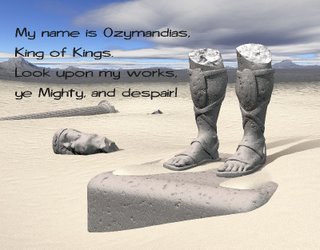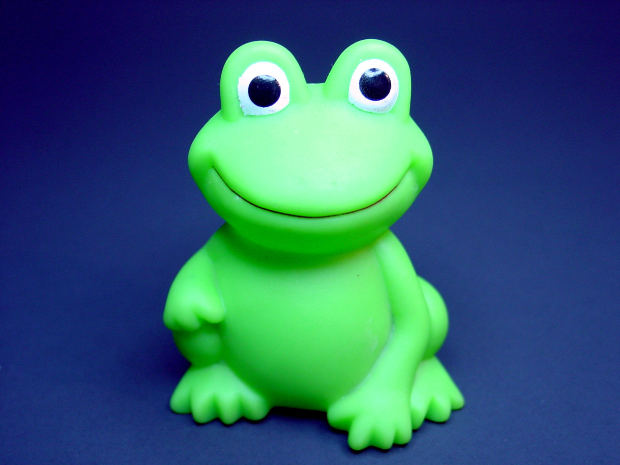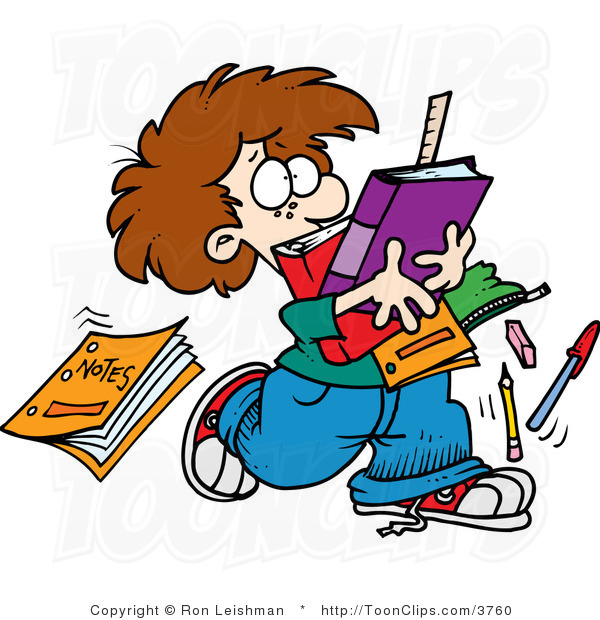Stephen Spender (1909-1995) is an English poet and essayist who took active part in politics. “An Elementary School Classroom in a Slum” by Stephen Spender pictures a classroom in a slum highlighting subtlety the plight of the children and the themes of social injustice and inequalities. The poet uses vivid images and appropriate expression to reflect the difficulties faced by the underprivileged children that is still prevalent in the world of ours.
Summary and Analysis of An Elementary School Classroom in a Slum
Stanza 1: Stephen Spender shows us that the condition of the children in a slum school is pathetic. Their world is far from our healthy, fresh environment. They are like rootless weeds, unwanted and cast out. Their hairs are unkempt and untidy and their faces clearly show the plight of their existence. A particular tall girl is described by the poet. She has a bowed down head which shows the burden of the stressed life she leads. Another boy who is as thin as a paper too has the same under nourished look on his face. He has a scared expression in his eyes.
These unlucky children have only acquired diseases and bad luck from their parents. One of them is even not able to get up from his desk to read out the lesson. However, the poet says there is one particular boy who is a little younger than the rest has still his hopes and dreams with him. He waits for the time when he can go out in the open to play. The environment of gloom has not yet engulfed his dreams and hopes.
Stanza 2:
In the second stanza, the poet describes the classroom which is also dirty and neglected like its inhabitants. The classroom too exhibits an atmosphere of depression and glum. The walls are cream in colour and on them the names of the donors are engraved. A bust of the great poet Shakespeare with a background of a sky is put on. The walls have pictures of splendid Tyrolese valley which is a sharp contrast to the atmosphere of the classroom. There are maps on the walls which show them the harsh world from their classroom windows. Their world presents a future to them which is dark and cruel. The poet brings out a harsh reality of these children. These children are trapped in a hopeless situation and their world is far from the beautiful nature such as rivers, valleys and seas.
Stanza 3:
Stephen Spender suddenly attacks Shakespeare and calls him ‘wicked.’ He says so because he feels Shakespeare has poisoned the children’s mind by misleading them that their world is beautiful; it has corrupted the young minds which in turn had made them to steal and escape from their confinements. The poet feels deep rooted sadness for the condition of the slum children. The children are so skinny that they seem to be wearing skins. The glasses of the spectacles seem to have been mended several times. The total appearance of the children show their deprivation and under nourished conditions. The poet feels that the classroom should have pictures of huge slums instead of those scenic graphics.
Stanza 4:
In the final stanza of “An Elementary School Classroom in a Slum” the poet uses a pacifying tone and appeals to the governor, inspector and the visitors to do something about the condition of these slum schools. The map showing the beautiful world can be their reality too if a little will and effort are put together. The poet hopes for a better future of these children. He wants the authorities to realize their responsibilities and free the children from such grave-like confinements. He wants the barriers to be pulled down. The children must break away from the school boundaries and enjoy the world beyond. Only that way they can enjoy the nature- the green fields and the golden sands. The poet wants them to sail, explore and discover the world so that someday their names are found in history books.
Tone of The Poem
The tone of the poem is somber and philosophical. The theme revolves around the profound problem that affects our society at large. The universal gap between rich and the poor is highlighted. It also highlights the irony of the life in the twenty-first century where the world has made so many advancements yet an atmosphere of gloominess prevails.
Theme of The Poem
The poem deals with themes of poverty and alienation among children living in a slum. The poet uses the setting of an elementary school classroom located in a slum to explore these themes and concludes with a rallying cry for improvement in the lives of the slum children.
In the first stanza, the poet introduces us to the students in the classroom and describes some of them. The main underlying theme here is their extreme poverty and the consequent lack of any sort of enthusiasm with the sole exception of a little boy, who still retains some of his innocence. In the second stanza, the poet describes the various items in the classroom. However at the end of the stanza, he comments on the hopelessness in the children’s lives.
In the third stanza, the poet reflects that the temptations provided by the various items in the classroom such as maps, might tempt the children to steal. He goes on to describe in detail, the pathetic conditions in the day to day lives of these children. In the fourth and final stanza, the poet raises a rallying cry for change. He urges the powers that be and perhaps the reader too, to remove the metaphorical walls that hold back these children condemning them to a life of abject poverty. He imagines a future where these children will lead happy, free and knowledgeable lives. The theme in this paragraph is that of change and optimism.
Keywords – An Elementary School Classroom in a Slum Summary (2.5), An Elementary School Classroom in a Slum Poem (2.4), Summary of An Elementary School Classroom in a Slum (2.7)
Some online learning platforms provide certifications, while others are designed to simply grow your skills in your personal and professional life. Including Masterclass and Coursera, here are our recommendations for the best online learning platforms you can sign up for today.
The 7 Best Online Learning Platforms of 2022
- Best Overall: Coursera
- Best for Niche Topics: Udemy
- Best for Creative Fields: Skillshare
- Best for Celebrity Lessons: MasterClass
- Best for STEM: EdX
- Best for Career Building: Udacity
- Best for Data Learning: Pluralsight

















What an amazing writer you are. This really helped me a lot. Thank you so much.
Thank u so much for these amazing notes!!
They were just for you?
Yes it was very helpful for everyone
ohhh this really help me lot in my studies thanks sir
Thank you for being helpful….I really learned from the summary
thank u so much trisha…. 😀
Its really good .helped me a lot can we ask about our quiries to you mam ?thanks a lot
A great work mam.
Thanks a lot.
Hats Off.
its nice of you to come up with simple notes.
Superb summary nd analysis..splendid job..tanx
thanks for the summary and questions……the were indeed a great help
Thank u so much mam!! For this summery ,it’s really helped me ..
Brilliant summary maam
Its jus amazing ☺ tme saving wid proper learing
Its jus amazing ☺ tme saving wid proper learning
Thanks al ot…
This certainly is the best explanation of the poem I have read so far, it is very helpful for students preparing for 12th board examinations.
thnk u fr being helpful maam
Well written
Expalins every bit of the poem
Thanks:)
Great piece of work both by Stephen Spender and you mam.
Thanks mam I learned a lots
Thanks a million ;reading this summary brought me a better understanding of the poem content.
Ok
Thanks a lot.well done!
not nice
Its truly incredible
This was really helpful. Thanks for making it easier and understandable.
thnk u mam for ur summary.it really helped me a lot to score marks in exams.
This notes helped me a lot . Thank u mam!
Awesome job! Those explanations are practically life saving! Thanks a bunch!
thnkq so much ma’am these notes were just awesome it helped me a lot
thanks a lot …… understood it real good!!!!
Good work!!!!!!
Thousands of teachers including me & millions of students across the globe feel bounded to offer gratitude at ur marvellous & lucid analysis & summary! Thanks!
Thank you ma’am. This was really helpful.